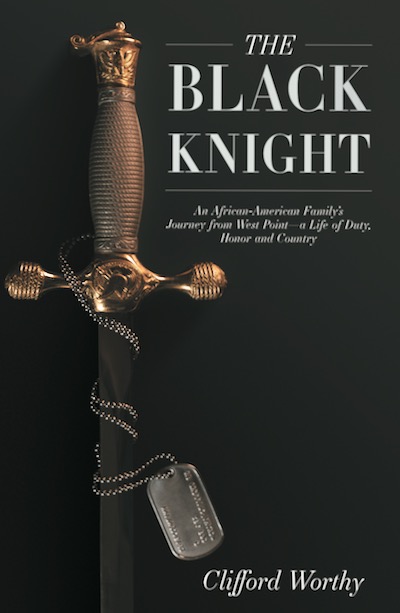Choose one of these books as a gift for the tireless caregiver in your life
(Depending on your digital device, the recommended books will appear at left—or below.)
.
MOST AMERICANS either have served as caregivers—or know a caregiver currently serving as an unpaid lifeline for a loved one. That’s why Americans mark November, each year, as National Family Caregivers Month—as a time for all of us collectively to say: Thank You!
In his annual proclamation of this special month, President Biden wrote, in part:
The truth is, at some point in our lives, each of us will likely need to be a family caregiver—but the burden falls especially hard on those who cannot afford support. Women, people of color, and immigrants shoulder a disproportionate share of the obligation, sometimes forced to leave good jobs to instead provide care. Their work is a profound service to their families and to our Nation, but they are still too often unseen, undervalued, and unpaid.
Care to learn more?
The U.S. Census Bureau offers the latest data on caregiving for writers, journalists, activists and community leaders who are planning to reach out on behalf of caregivers this month.
The Administration for Community Living (ACL) provides more information, plus free-to-share graphics for use in social media. Want to mark the month in your own email messages, social media or newsletters? You’ll find lots to share from ACL.
Choose the gift of reading
Since the founding of our publishing house in 2015, we have been publishing a wide array of books that inspire caregivers. Some books provide practical help; others are fun and uplifting; and all of these books reassure caregivers about the value of their hard work. Please look at the books featured with this column—either at the left or below, depending on the device you are using to read this column.
Click on any of those covers to visit their Amazon pages.
.






